Advantech Co ART-320 UHF RFID ART-320 Tracer Module User Manual
Advantech Co Ltd UHF RFID ART-320 Tracer Module
User Manual
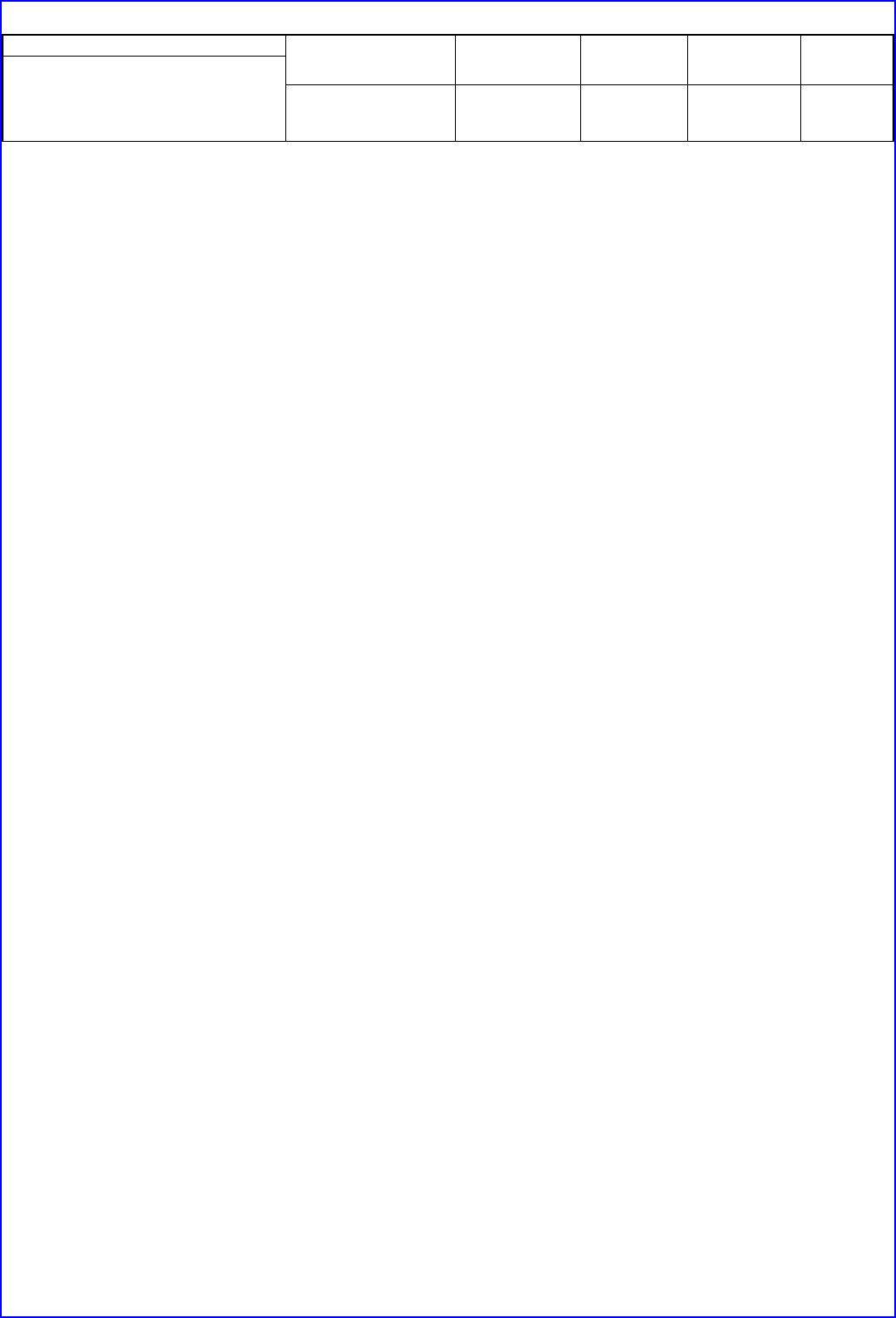
User Manual Document
Document Title Doc. No. Model Ver. Doc. Ver. Issue Date Page
Advantech
UHF RFID ART-320
Tracer Module 1.0 ART-320 1.0
10/31/2011 1 of 13
Advantech
UHF RFID ART-320 Tracer Module
ART-320
User Manual
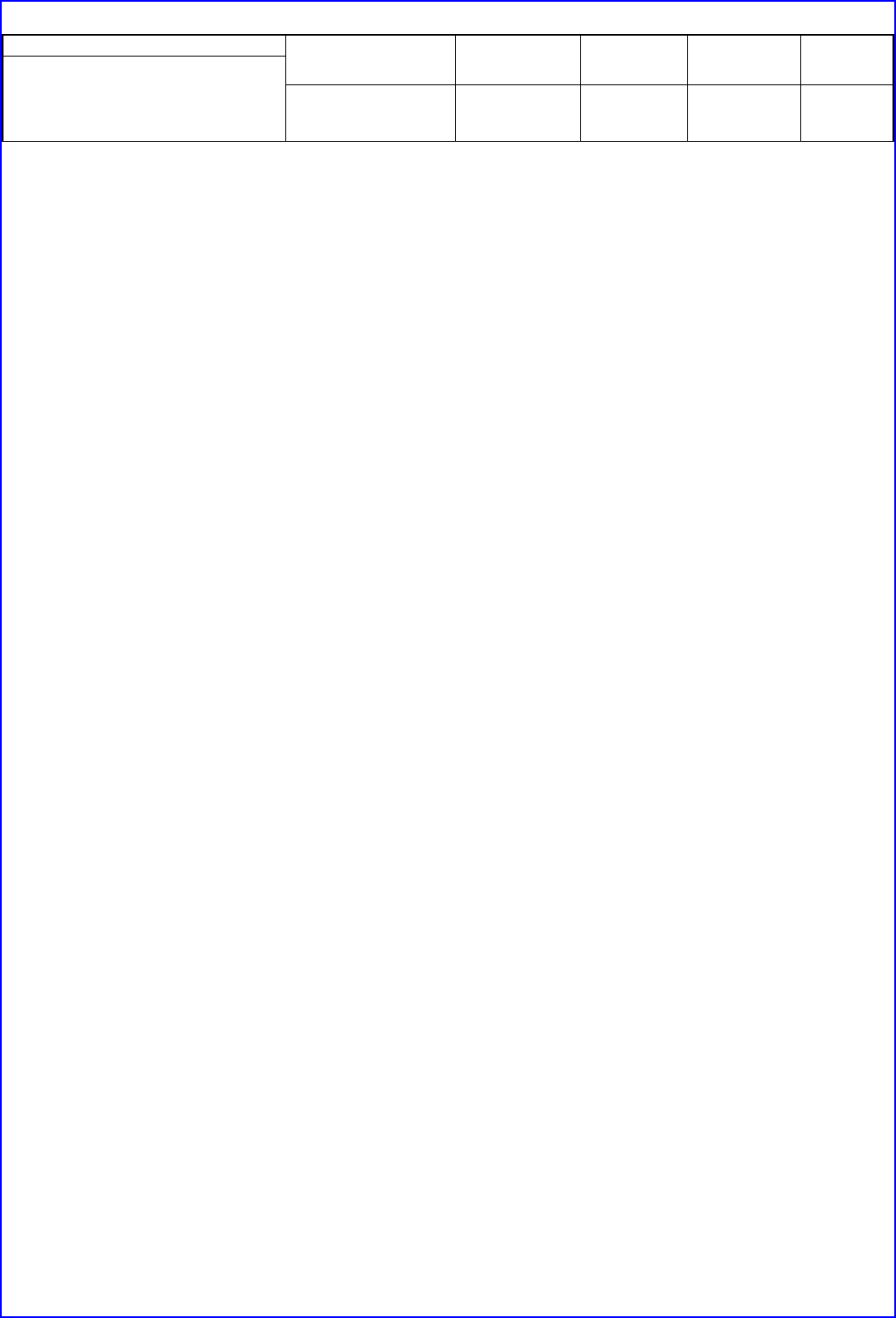
User Manual Document
Document Title Doc. No. Model Ver. Doc. Ver. Issue Date Page
Advantech
UHF RFID ART-320
Tracer Module 1.0 ART-320 1.0
10/31/2011 2 of 13
1 SCOPE.................................................................................................................................................................3
2 THE LIST OF REFERENCES: ........................................................................................................................5
3 ABBREVIATED TERMS..................................................................................................................................5
4 SYSTEM SPECIFICATION .............................................................................................................................6
4.1 SYSTEM STRUCTURE ....................................................................................................................................7
4.1.1 Radio Frequency Circuit.........................................................................................................................8
4.1.2 The Interface of Power Supplies.............................................................................................................9
4.1.3 Hardware User Manual..........................................................................................................................9
4.1.4 Module Operation.................................................................................................................................10
4.1.5 Interfacing with ART-320 Module ........................................................................................................ 11
4.1.6 Starting Windows Demo Program ........................................................................................................12
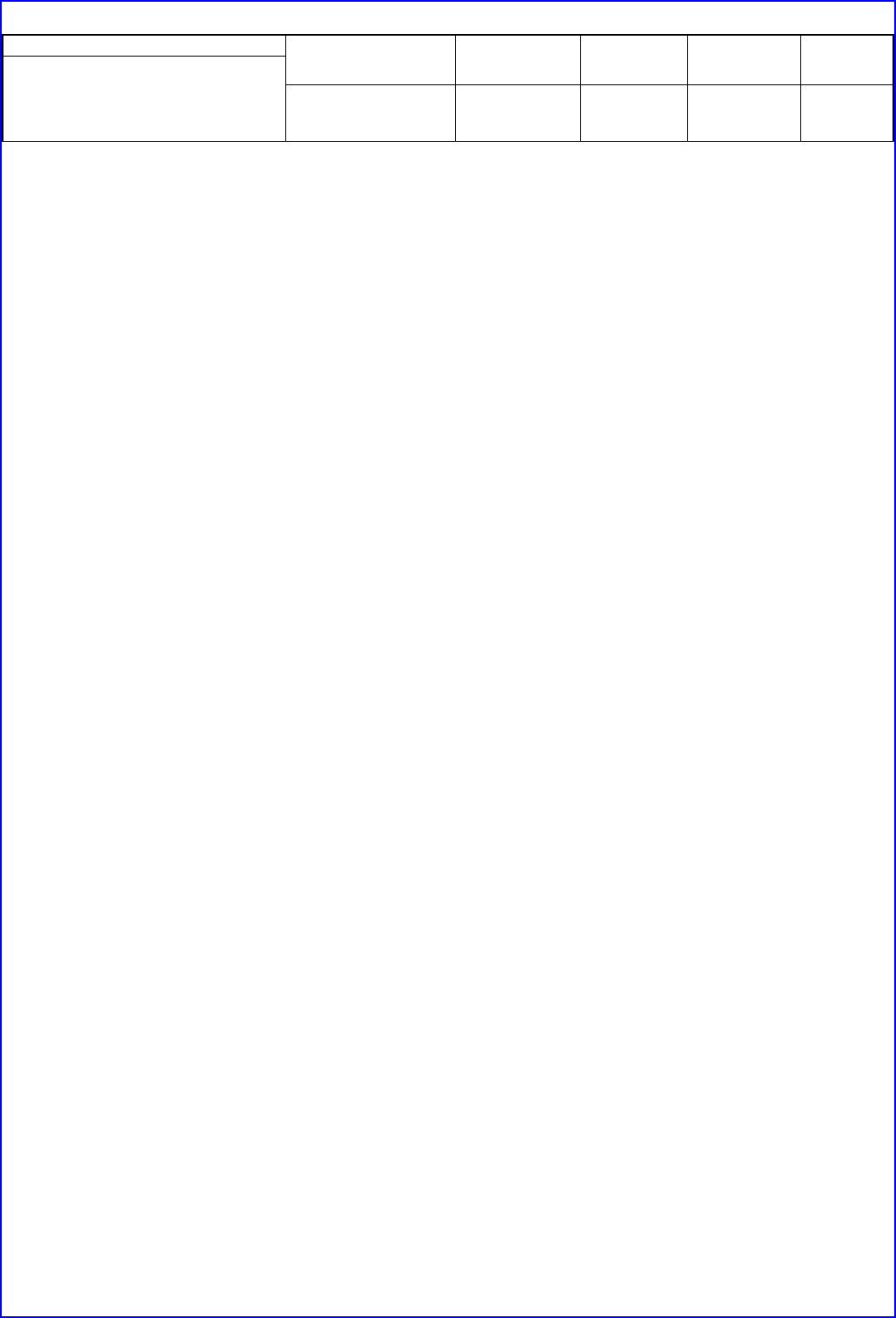
User Manual Document
Document Title Doc. No. Model Ver. Doc. Ver. Issue Date Page
Advantech
UHF RFID ART-320
Tracer Module 1.0 ART-320 1.0
10/31/2011 3 of 13
1 Scope
Radio Frequency Identification (RFID) has been included in the 21st century
one of the 10 major technologies. RF is the automatic identification object
recognition technology. Readers are to read in the attached electronic tags on
objects such as to carry out card access to the information, animal tracking,
checking inventory and merchandise checkout, and sales of the whole supply chain
management. This will become a model to change human consumption patterns
emerging technology.
The main operation principle of RFID is utilizing the reading device (Reader)
Send RF wave for the electronic label that is planted into or stuck on the things
(Tag) in order to distinguish the wireless materials. The composition component of
RFID system includes Reader, Tag, PAD or cell-phone and the contents which are
in reader or tag.
When the application system wants to distinguishing things, the host can be
passed by RS-232 to control reader and sends radio wave energy. When Tag senses
this energy that there is asking the answering machine inside (Transponder) and the
mechanism will change power into energy that passes a series of discernment
materials giving back to reader and host that are in order to distinguish the things.
The specification of ART-320 is in compliance with EPC Class-1 Gen 2 that
is a specification for RFID air interface.
The changes or modifications not expressly approved by the party responsible
for compliance could void the user’s authority to operate the equipment.
Note: This equipment has been tested and found to comply with the limits for
a Class B Digital Device, pursuant to part 15 of the FCC Rules. These limits are
designed to provide reasonable protection against harmful interference in a
residential installation. This equipment generates, uses and can radiate radio
frequency energy and, if not installed and used in accordance with the instruction,
may cause harmful interference to radio communication. However, there is no
grantee that interference will not occur in a particular installation. If this equipment
dose cause harmful interference to radio or television reception, which can be
determined by turning the equipment off and on , the user is encouraged to try to
correct the interference by one or more of the following measures:
--Reorient or relocate the receiving antenna.
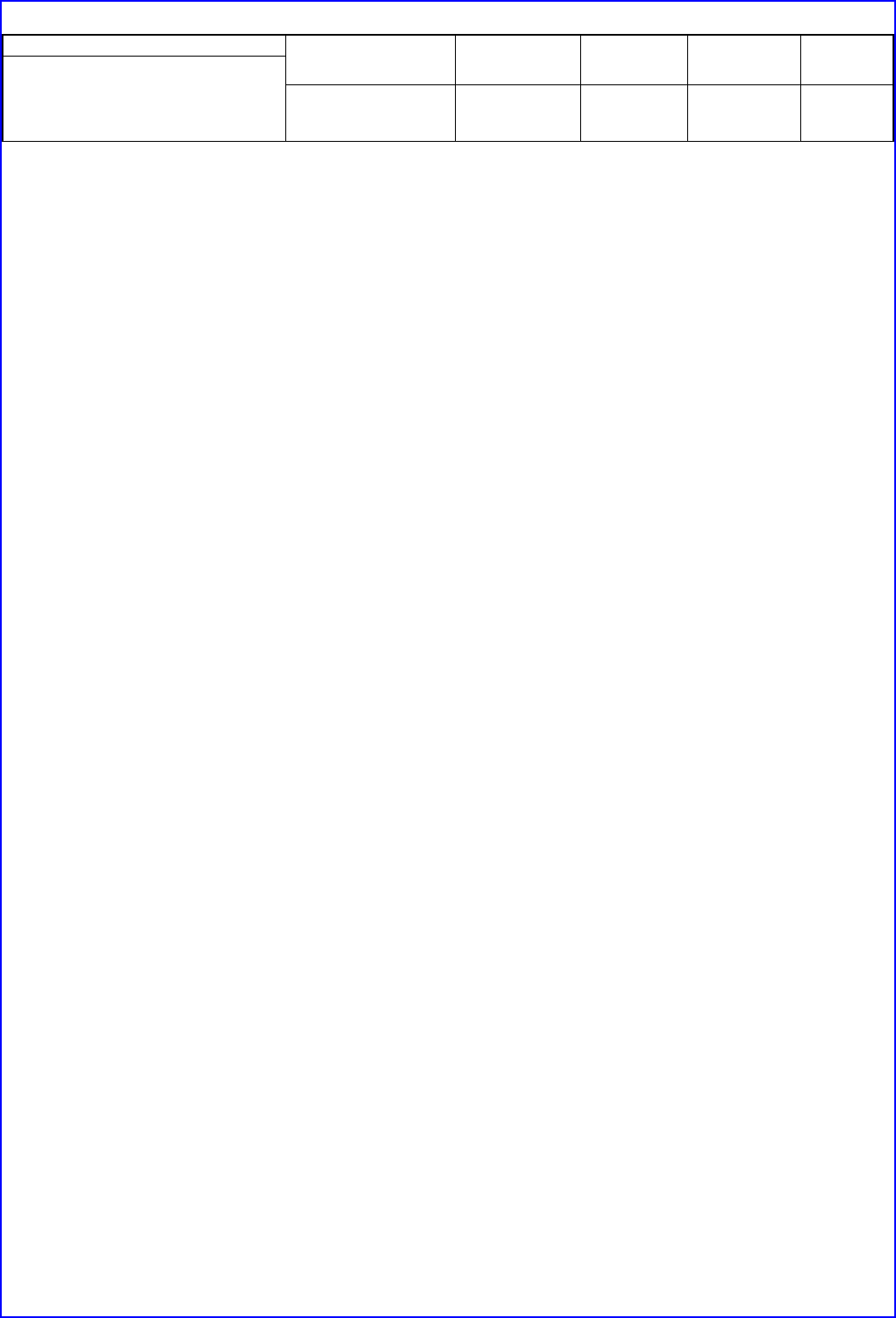
User Manual Document
Document Title Doc. No. Model Ver. Doc. Ver. Issue Date Page
Advantech
UHF RFID ART-320
Tracer Module 1.0 ART-320 1.0
10/31/2011 4 of 13
--Increase the separation between the equipment and receiver.
--Connect the equipment into an outlet on a circuit different from that to
which the receiver is connected.
--Consult the dealer or an experienced radio/TV technician for help.
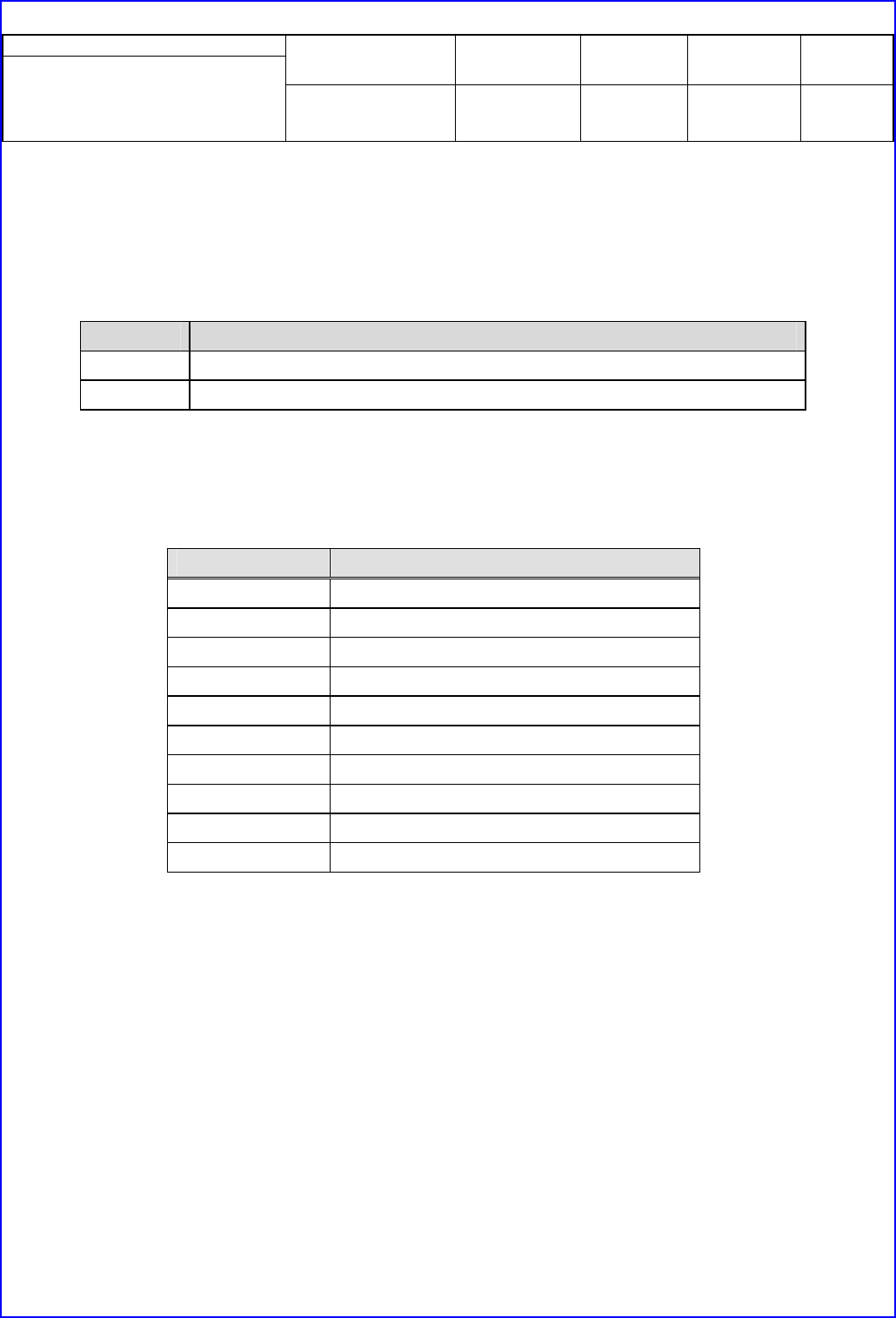
User Manual Document
Document Title Doc. No. Model Ver. Doc. Ver. Issue Date Page
Advantech
UHF RFID ART-320
Tracer Module 1.0 ART-320 1.0
10/31/2011 5 of 13
2 The list of references:
Item Referances
1 EPC Class-1 Generation-2 UHF RFID version 1.1.0
2 ISO/IEC WD 18000-6C
Table 1
3 Abbreviated Terms
Term Definitions
ASK Amplitude-Shift Keying
EPC Electronic Product Code
PIE Pulse Interval Encoding
ppm Parts-per-million
PSK Phase-Shift Keying
Reader Interrogator
RF Radio Frequency
RFID Radio Frequency Identification
TAG Transponder IC
FW Firmware
Table 2
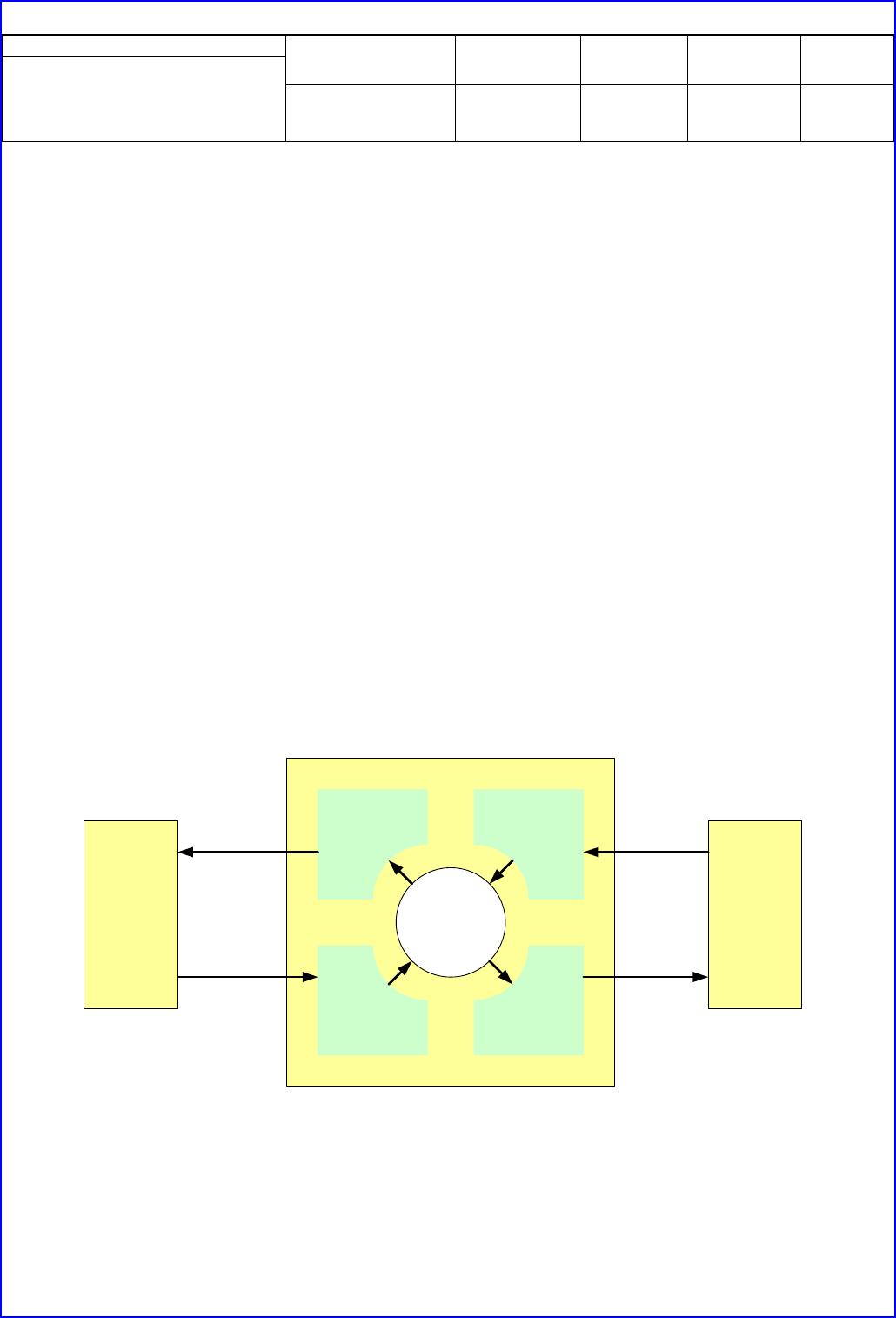
User Manual Document
Document Title Doc. No. Model Ver. Doc. Ver. Issue Date Page
Advantech
UHF RFID ART-320
Tracer Module 1.0 ART-320 1.0
10/31/2011 6 of 13
4 System Specification
Reader is mainly used to read the materials from tag to carry on the work of
distinguishing of the things with PDA or the cell-phone. When PDA or the
cell-phone assigns the order for Reader, reader will transmit RF wave with data out
through antenna. Once tags are receiving the information, the tag will backscatter
the data with 96-bit EPC C1G2 protocol to Reader through RF mechanism that is
built inside. Reader receives after the data that will give PDA or the cell-phone the
work of distinguishing which carries on the things.
For the wired RS232 interface of entity among PDA, cell-phone and readers,
the industrial communication protocols are interchanging in order to reach the data.
It is depending on the untouchable RF wave between reader and tag to reach the
data to interchange with the communication protocol that is defined by EPC
C1G2。
The Fig 4-1 is a data flow chart. It is including Reader, PDA and cell-phone
communication code of protocol during the encoding and decoding. The code of
the communication protocol between Reader and Tag is operated with decoding.。
Host Protocol
Encode Tag Protocol
Decode
Host Protocol
Decode Tag Protocol
Encode
Command
Control
Host
Controller
Host Protocol Response
Host Protocol Request
Tag
Tag Protocol Decode
Tag Protocol Request
READER
Fig 4-1. Data Flow Chart
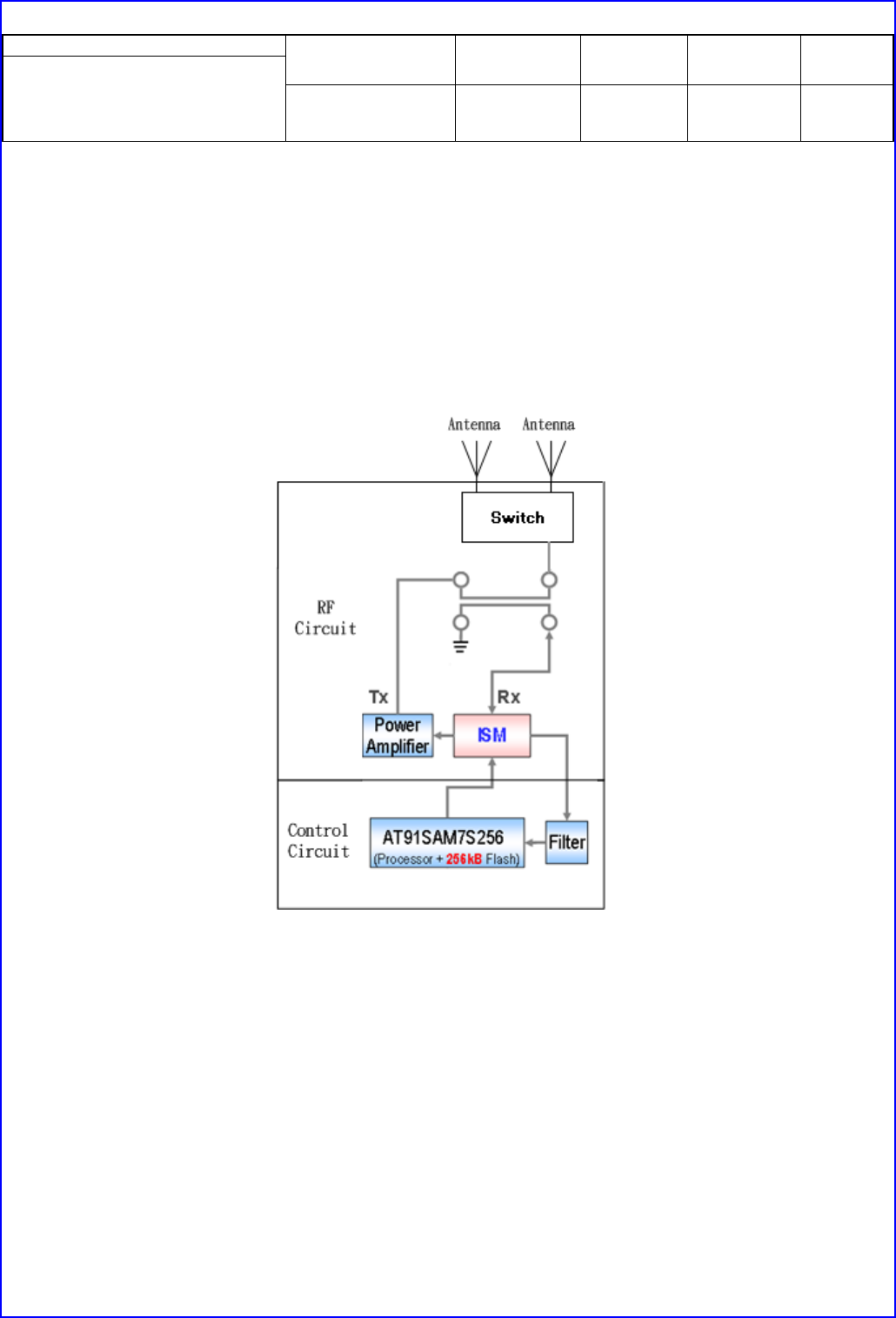
User Manual Document
Document Title Doc. No. Model Ver. Doc. Ver. Issue Date Page
Advantech
UHF RFID ART-320
Tracer Module 1.0 ART-320 1.0
10/31/2011 7 of 13
4.1 System Structure
The Fig 4-2 and Fig 4-3 show between the hardware configuration and user
interface of the ART-320. There are five parts of PDA or the cell-phone for system
structures that are including the power, digit, radio frequency, base and FW
respectively.
Fig 4-2. The Block Diagram of ART-320
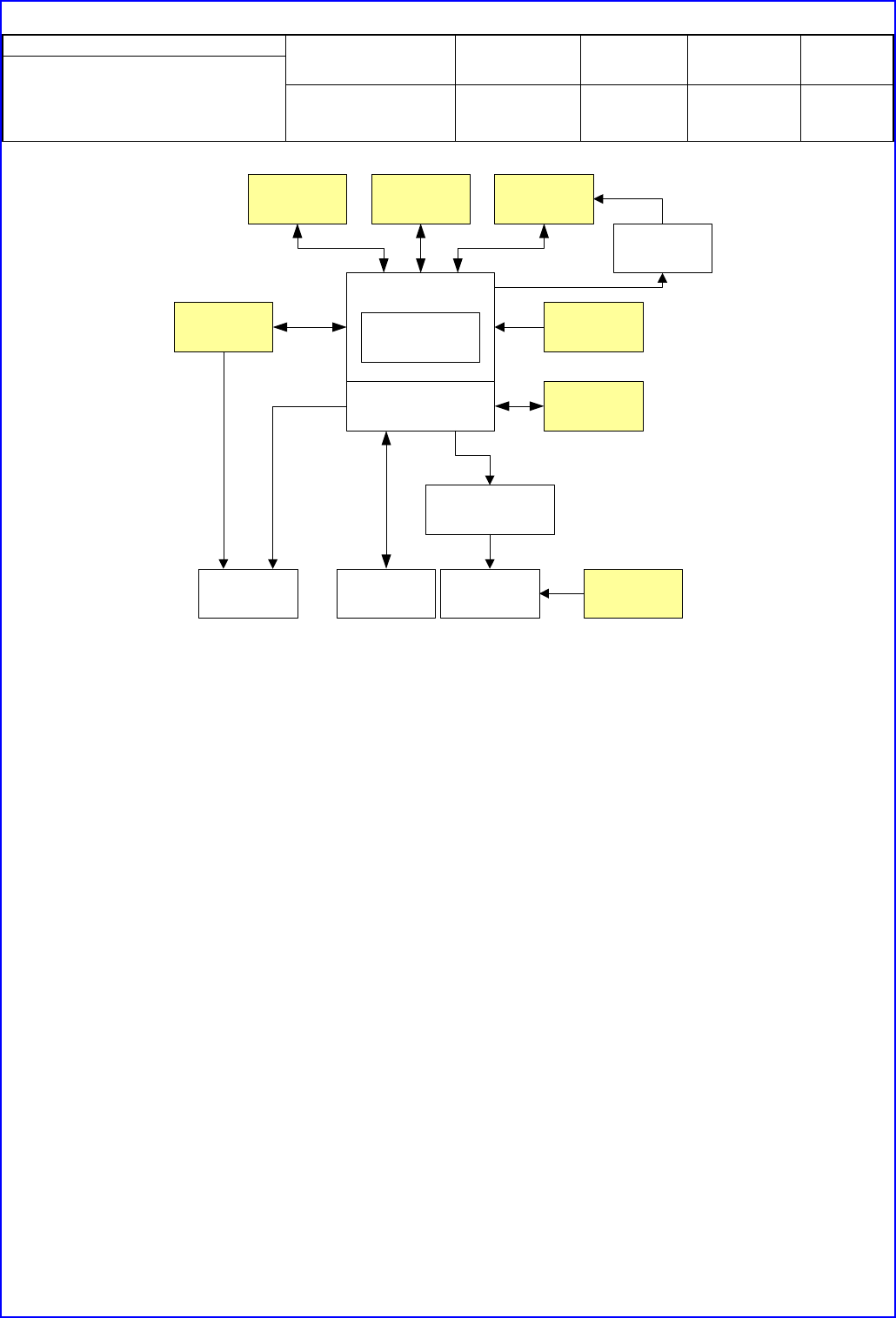
User Manual Document
Document Title Doc. No. Model Ver. Doc. Ver. Issue Date Page
Advantech
UHF RFID ART-320
Tracer Module 1.0 ART-320 1.0
10/31/2011 8 of 13
Watchdog UART
Rx, Tx ADC
Timer
RF Control TAG Reply
Manage PIE Generator PWM
EPC Class-1 GEN-2
Command Handle
EEPROM
External
Interrupt
Power Control
System Manage
TimeOut Control
Command Handle
Fig 4-3. Micro-Control Unit Block Diagram
4.1.1 Radio Frequency Circuit
This is a transceiver module with ISM of the electromagnetic wave for a
transmission and receiving. It is among them transceiver inside that is in transmitter
and the receiver function as follows:
The function of the Transmitter:
The function of the transmitter is controlled and produced the signal
carrier by the synthesizer of the microprocessor. The signal that will be
modulated in amplitude to be an ASK signal used to offer the power that
the tag is used to read data from its memory as well as using the pulse to
adjust the way of changing to write the data into the tag。
The function of the Receiver:
The function in receiving information from tags has been demodulated to
several digital signals. The signals are also amplified and straining waves
to deal with microprocessor.
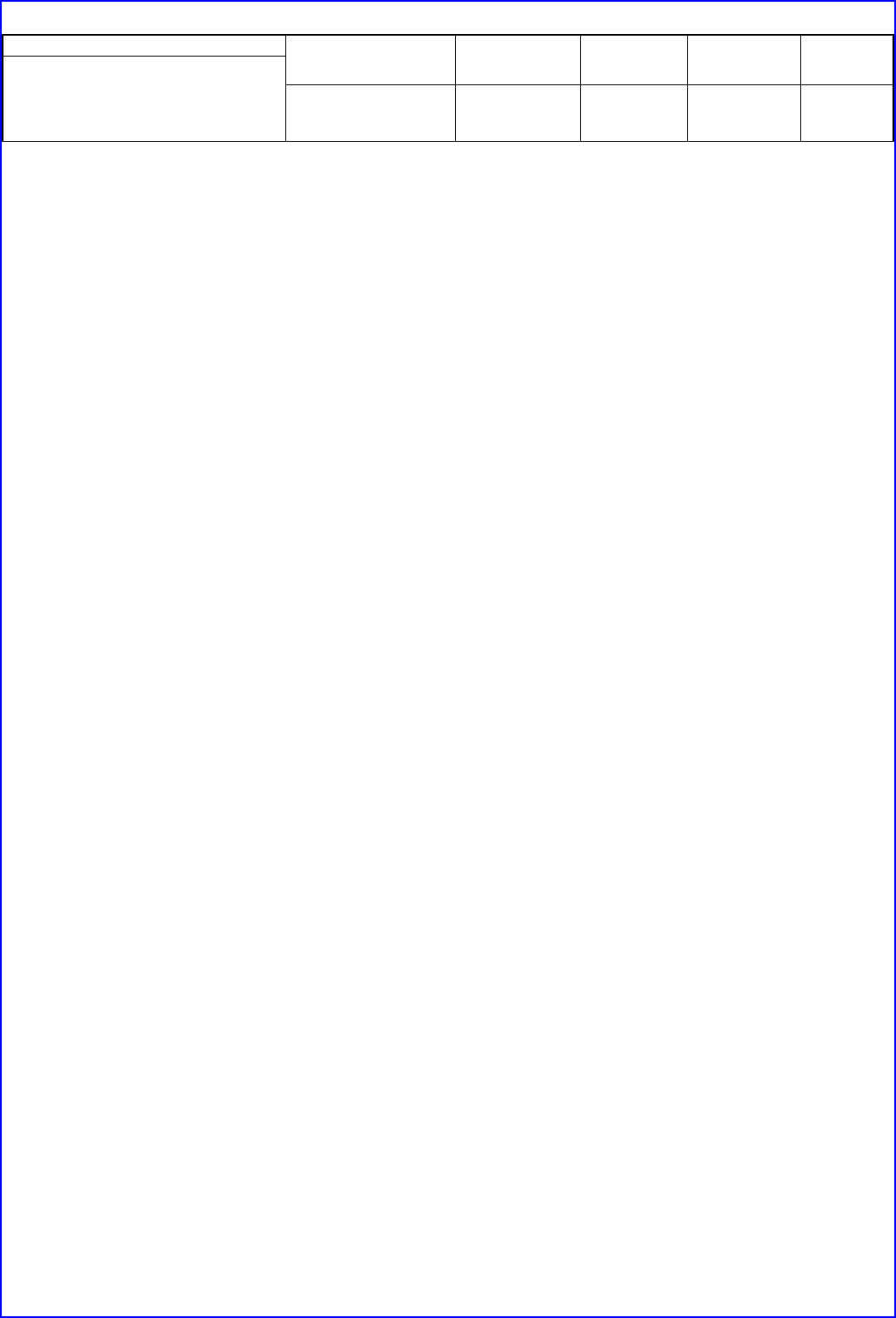
User Manual Document
Document Title Doc. No. Model Ver. Doc. Ver. Issue Date Page
Advantech
UHF RFID ART-320
Tracer Module 1.0 ART-320 1.0
10/31/2011 9 of 13
4.1.2 The Interface of Power Supplies
The power system is offered 3.3V by ART-320 interface of PDA or the
cell-phone with Max. 2A.
3.3V-5.2.5 (1) :The microprocessor and UART using.
3.3V-5.2.5 (2) :ISM RF transceiver using.
3.3V-5.2.5 (3) :Power Amplify using
4.1.3 Hardware User Manual
The ART-320 connects to the host via a 16 pins header for data,
communications and 4-pin header for power. The 3 data lines are: Ground, Data
Transmit (TX) and Data receive (RX) for UART. The communication header also
contains the additional pins which are interfaces for JTAG. Those pins can be used
to provide data to another sensor or auxiliary board. The power header pins
supplying power to the ART-320 is 3.3 Volts (and must be low-noise and
regulated). A diagram of the pins are given below.
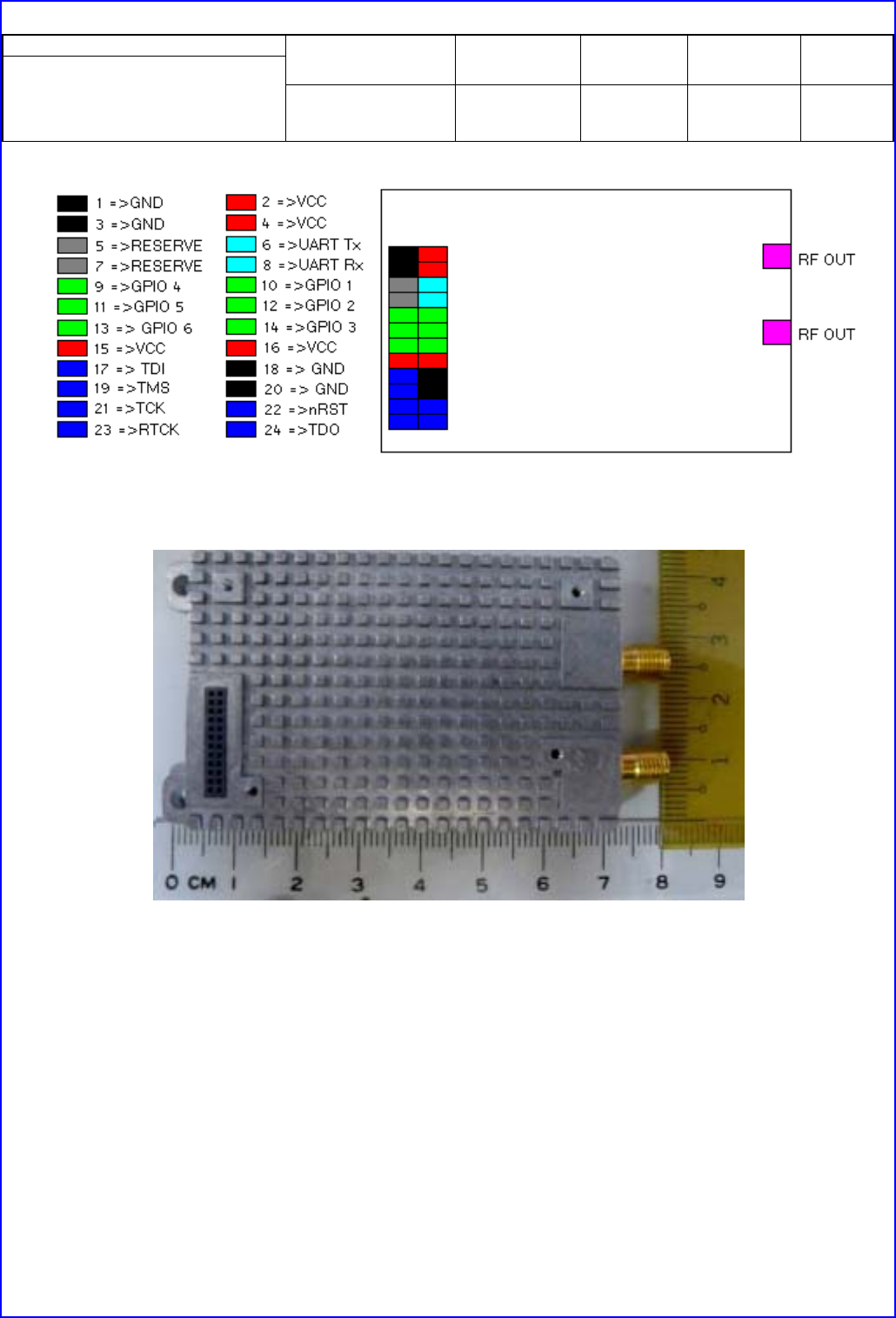
User Manual Document
Document Title Doc. No. Model Ver. Doc. Ver. Issue Date Page
Advantech
UHF RFID ART-320
Tracer Module 1.0 ART-320 1.0
10/31/2011 10 of 13
Fig 4-4. Pin Out for ART-320
Fig 4-5. Photograph of ART-320
4.1.4 Module Operation
The ART-320 is a dual-antenna reader module. The backscatter signal is
demodulated to baseband through a standard mixer stage and is filtered and
amplified. The baseband signal is then sampled and processed by a microcontroller.
The entire RF section of the reader module can be completely turned OFF under
software control by the microcontroller. This allows the ART-320 to consume
very low power when in standby mode. During RFID operation, the transmit
power of the ART-320 is 1W, so the total power consumption is 1.8A during the
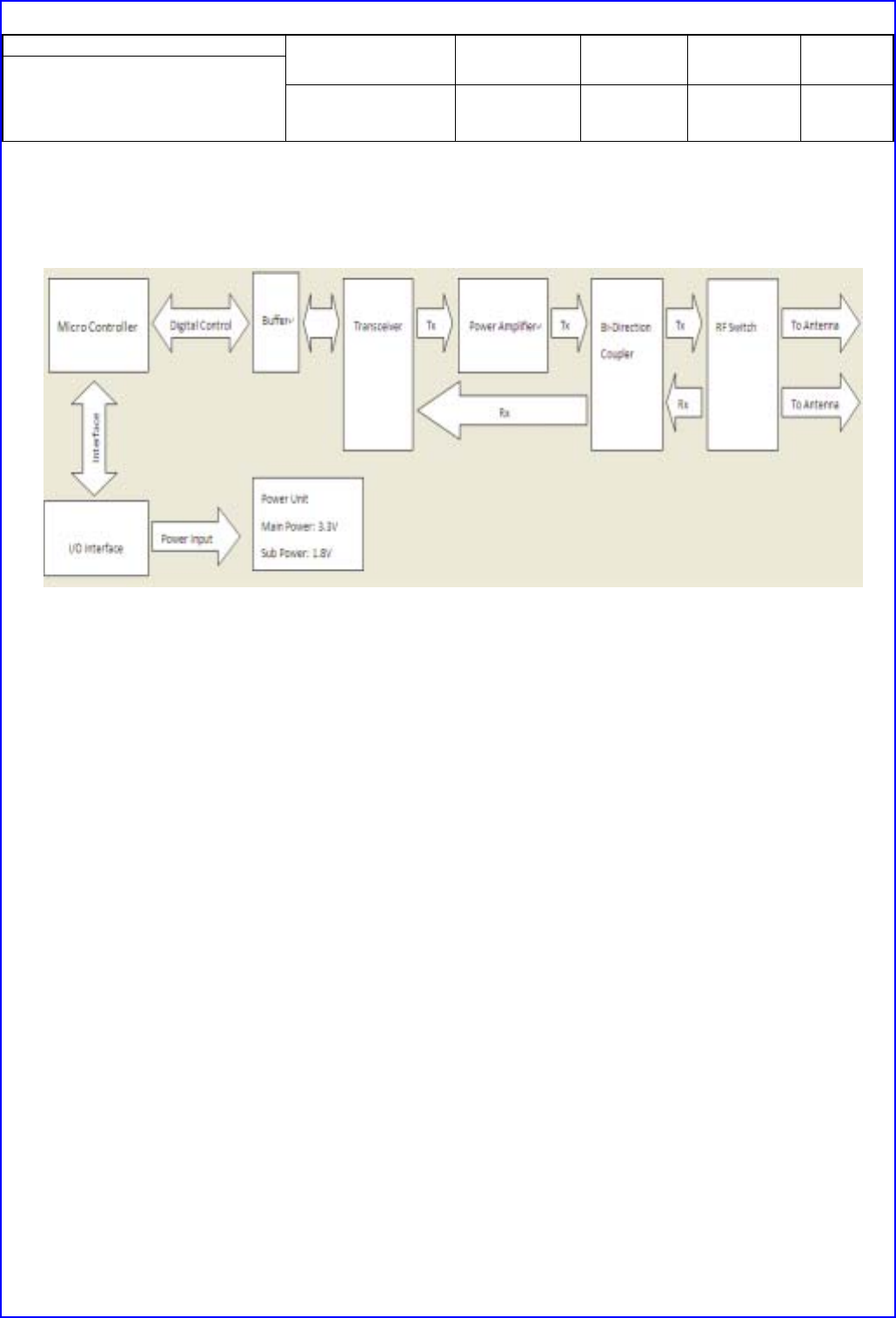
User Manual Document
Document Title Doc. No. Model Ver. Doc. Ver. Issue Date Page
Advantech
UHF RFID ART-320
Tracer Module 1.0 ART-320 1.0
10/31/2011 11 of 13
fraction of a second that is required to read the tags in the field. A block diagram
of module is given in Fig 4-6.
Fig 4-6. ART-320 Block Diagram
4.1.5 Interfacing with ART-320
The ART-320 is designed to interface with another circuit board and communicate
using a simple 3-wire serial interface. However, for testing purposes, it is possible
to connect the ART-320 to a computer using a serial RS-232 adapter. In this case,
the Advantech RFID Utility software can be used.
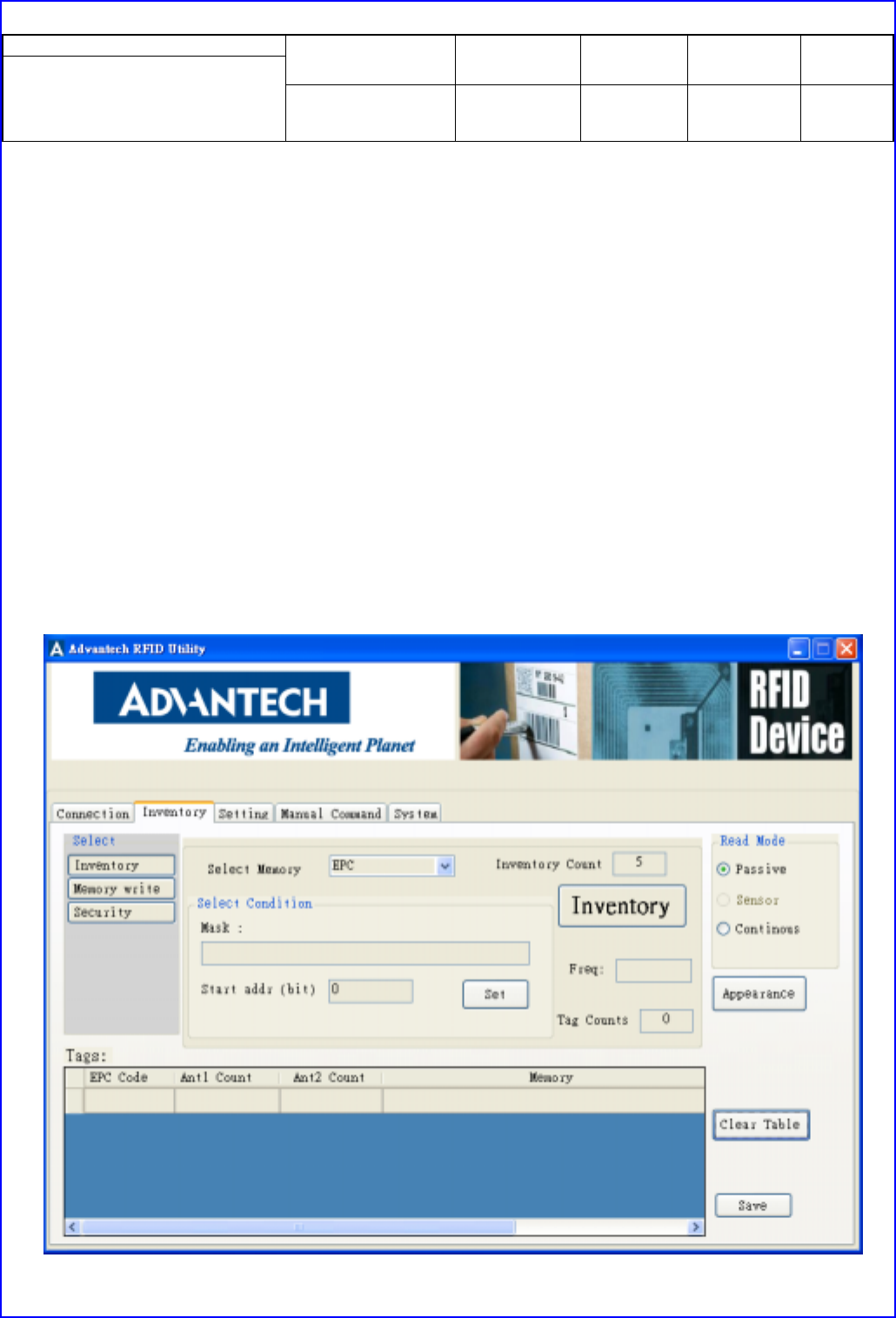
User Manual Document
Document Title Doc. No. Model Ver. Doc. Ver. Issue Date Page
Advantech
UHF RFID ART-320
Tracer Module 1.0 ART-320 1.0
10/31/2011 12 of 13
4.1.6 Starting Windows Demo Program
After installing the demo program, you can connect the reader to the computer
using a serial cable (standard DB9 connectors). Please make sure that you have an
antenna connected to the reader.
The program supplied with the kit is able to interface to all the RFID readers made
by Advantech. You should open the program (Advantech RFID Utility), then go to
the Inventory menu and selected . Then go to the Connection menu and select the
proper COM port where you connected the reader, you can click the CONNECT
button. After you run the program for the first time, the software settings will be
saved automatically so you should not need to reconfigure the control program
unless you switch to another reader product.
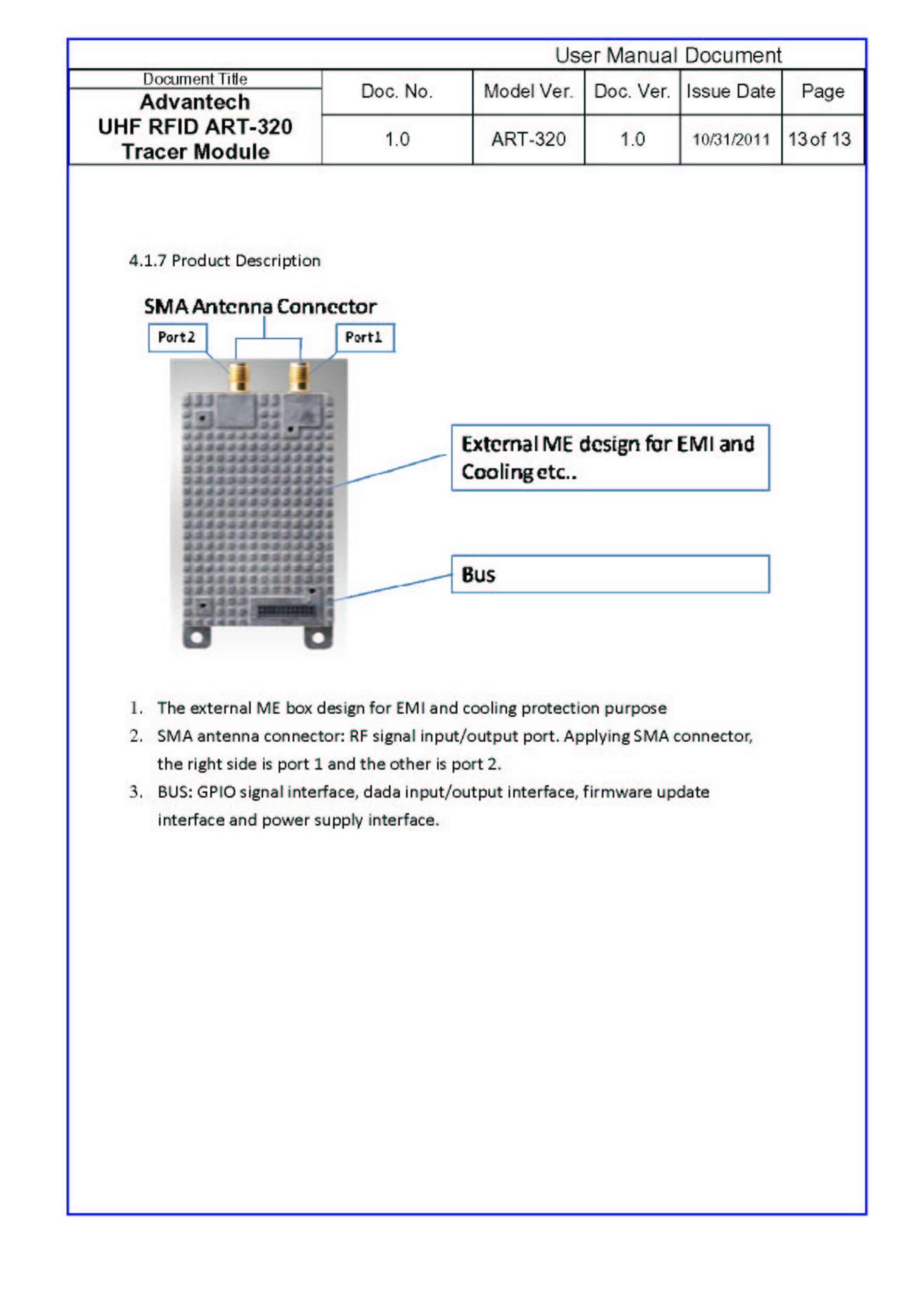
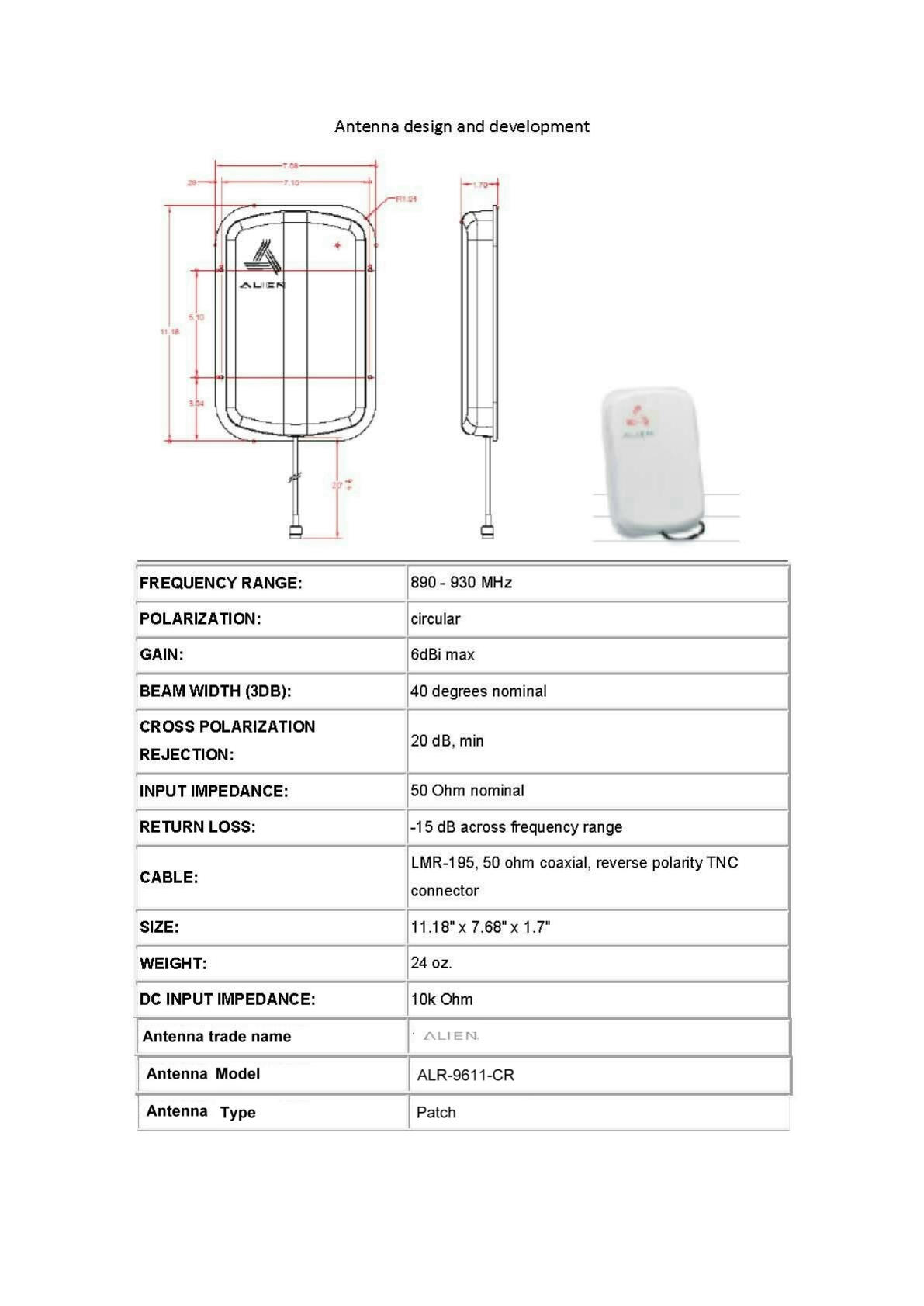

Manufacturer Company: Advantech Co., Ltd.
Address: No.1, Alley 20, Lane 26, Rueiguang Road, Neihu District, Taipei 114, Taiwan, R.O.C.
15.105 Class B digital device or
This equipment has been tested and found to comply with the limits for a Class B digital
device, pursuant to Part 15 of the FCC Rules. These limits are designed to provide
reasonable protection against harmful interference in a residential installation. This
equipment generates, uses and can radiate radio frequency energy and, if not installed and
used in accordance with the instructions, may cause harmful interference to radio
communications. However, there is no guarantee that interference will not occur in a
particular installation. If this equipment does cause harmful interference to radio or
television reception, which can be determined by turning the equipment off and on, the
user is encouraged to try to correct the interference by one of the following measures:
FCC Caution: Any changes or modifications not expressly approved by the party
responsible for compliance could void the user's authority to operate this equipment.
15.19 Labeling
This device complies with Part 15 of the FCC Rules. Operation is subject to the following
two conditions: (1) This device may not cause harmful interference, and (2) this device
must accept any interference received, including interference that may cause undesired
operation
IMPORTANT NOTE:
FCC Radiation Exposure Statement:
This equipment complies with FCC radiation exposure limits set forth for an uncontrolled
environment. This equipment should be installed and operated with minimum distance
20cm between the radiator & your body.
Reorient or relocate the receiving antenna.
Increase the separation between the equipment and receiver.
Connect the equipment into an outlet on a circuit different from that to which the
receiver is connected.
Consult the dealer or an experienced radio/TV technician for help.
Model: ART-320
FCC ID: M82-ART-320
This device complies with Part 15 of FCC Rules.
Operation is subject to the following two conditions:
(1)this device may not cause harmful interference, and (2)this device must
accept any interference received, including interference that may cause
undesired operation.